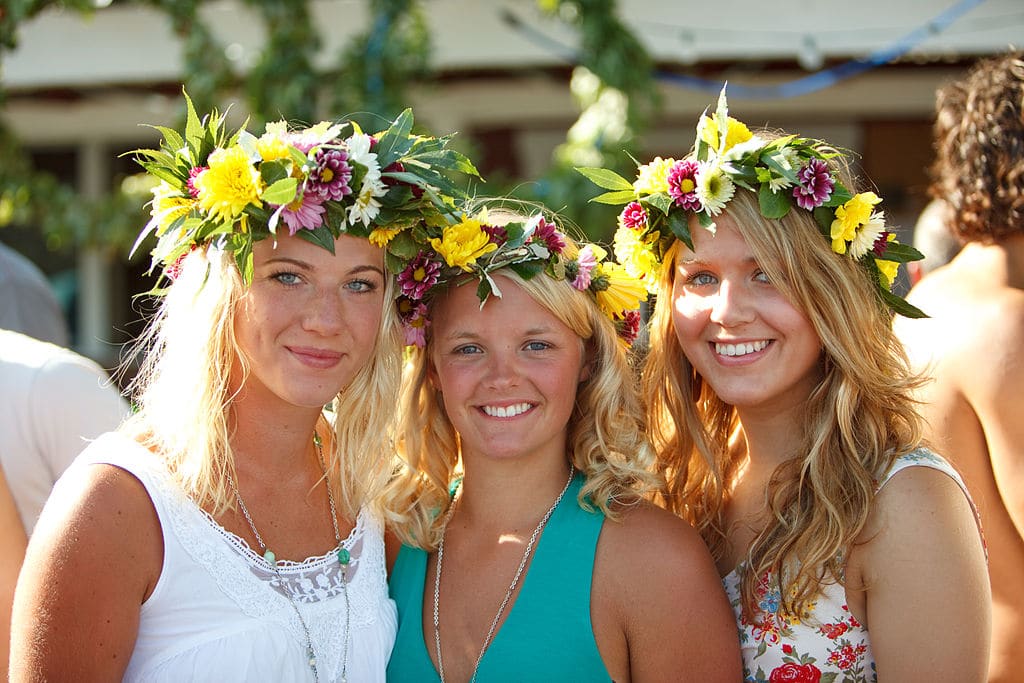
Sweden may be known for its popular music, IKEA and a generous welfare state. It is also increasingly associated with a rising number of Islamic State recruits, bombings and hand grenade attacks.
In a period of two weeks earlier this year, five explosions took place in the country. It’s not unusual these days Swedes have grown accustomed to headlines of violent crime, witness intimidation and gangland executions. In a country long renowned for its safety, voters cite “law and order” as the most important issue ahead of the general election in September.
Gang-related gun murders, now mainly a phenomenon among men with immigrant backgrounds in the country’s parallel societies, increased from 4 per year in the early 1990s to around 40 last year. Because of this, Sweden has gone from being a low-crime country to having homicide rates significantly above the Western European average. Social unrest, with car torchings, attacks on first responders and even riots, is a recurring phenomenon.
Shootings in the country have become so common that they don’t make top headlines anymore, unless they are spectacular or lead to fatalities. News of attacks are quickly replaced with headlines about sports events and celebrities, as readers have become desensitized to the violence. A generation ago, bombings against the police and riots were extremely rare events. Today, reading about such incidents is considered part of daily life.
The rising levels of violence have not gone unnoticed by Sweden’s Scandinavian neighbors. Norwegians commonly use the phrase “Swedish conditions” to describe crime and social unrest. The view from Denmark was made clear when former President of NATO and Danish Prime Minister Anders Fogh Rasmussen said in an interview on Swedish TV: “I often use Sweden as a deterring example.” Just a thought.
No comments:
Post a Comment